Evolution
Recent articles
Digitization of ‘breathtaking’ neuroanatomy slide collection offers untapped research gold mine
Thousands of histological sections of vertebrate brains—including from spiny dogfish, turtles and more—are newly available online.
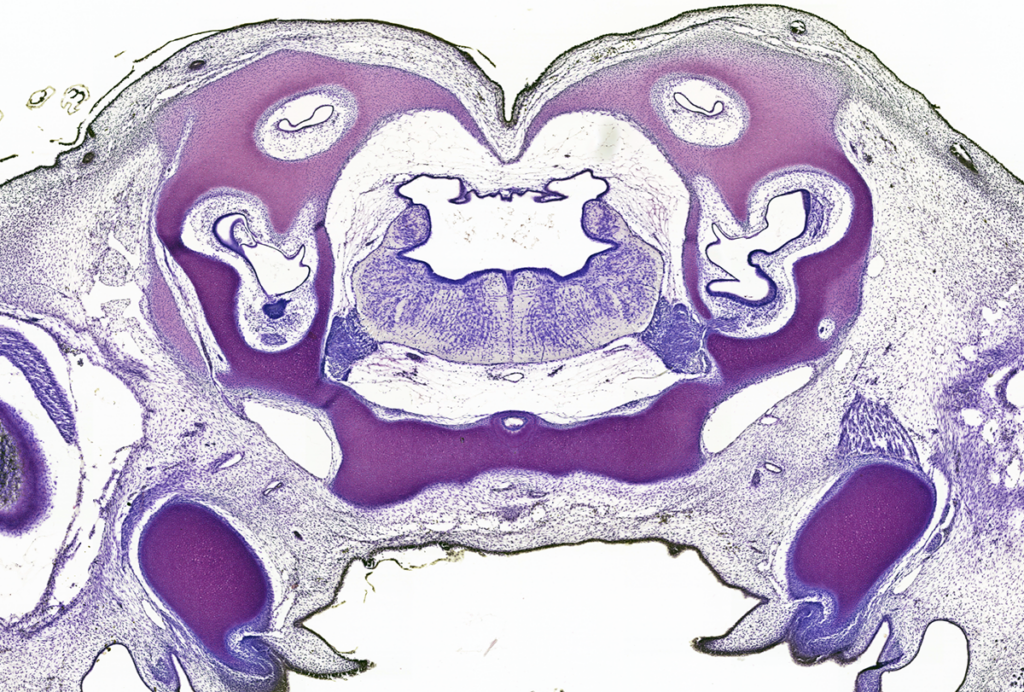
Digitization of ‘breathtaking’ neuroanatomy slide collection offers untapped research gold mine
Thousands of histological sections of vertebrate brains—including from spiny dogfish, turtles and more—are newly available online.
The Transmitter’s favorite features of 2024
Our chosen stories include tales about research misconduct in the lab, a neuroscientist working at the end of the world, and the passing of neuroanatomy’s “great-grandfather,” Harvey Karten.

The Transmitter’s favorite features of 2024
Our chosen stories include tales about research misconduct in the lab, a neuroscientist working at the end of the world, and the passing of neuroanatomy’s “great-grandfather,” Harvey Karten.
The non-model organism “renaissance” has arrived
Meet 10 neuroscientists bringing model diversity back with the funky animals they study.
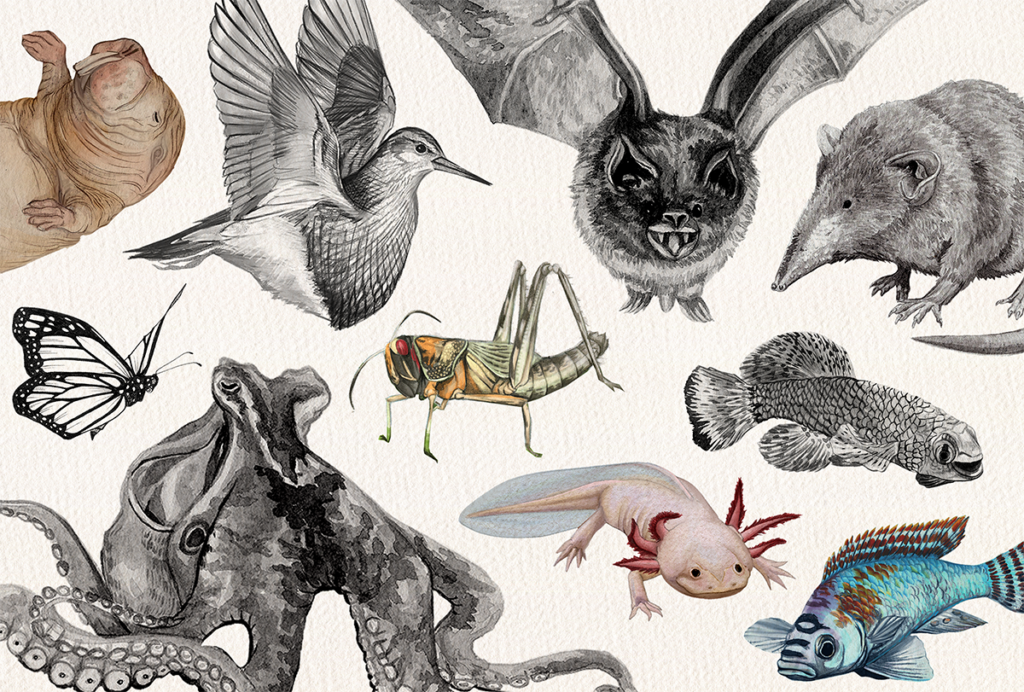
The non-model organism “renaissance” has arrived
Meet 10 neuroscientists bringing model diversity back with the funky animals they study.
Sniffing out the mysteries of olfaction
A background in physics, and his own curiosity, have helped Dmitry Rinberg tackle the complexities of the neuroscience of smell.

Sniffing out the mysteries of olfaction
A background in physics, and his own curiosity, have helped Dmitry Rinberg tackle the complexities of the neuroscience of smell.
How ‘walking fish’ feel, taste hidden food with their legs
Fins-turned-legs in sea robins are innervated with touch-sensitive neurons and taste-receptor-rich cells that can detect prey buried in the sand, according to new research.
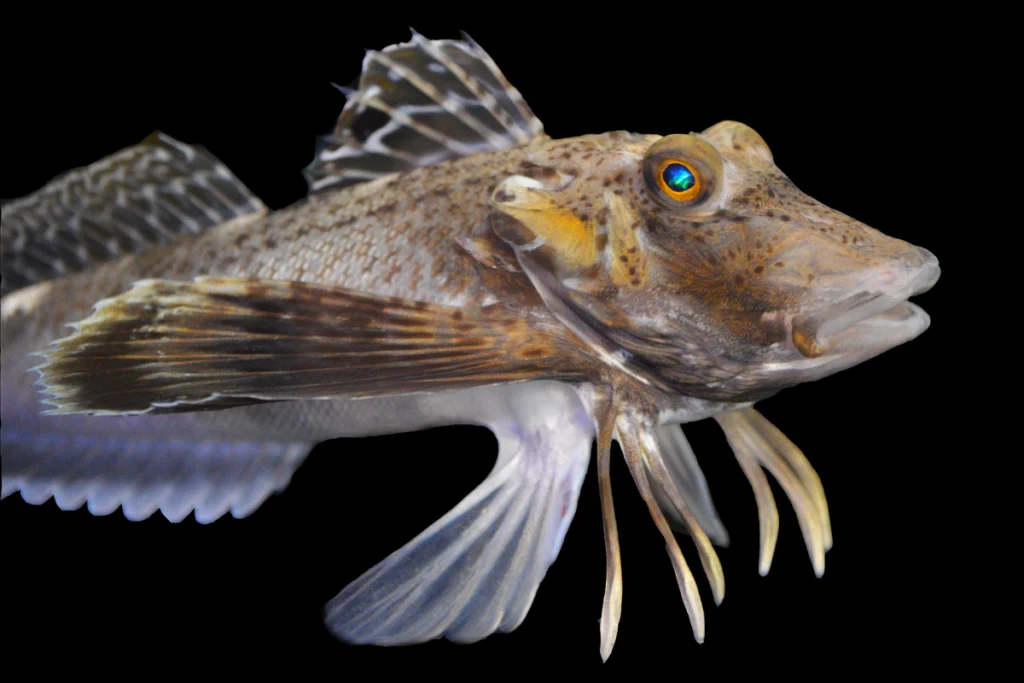
How ‘walking fish’ feel, taste hidden food with their legs
Fins-turned-legs in sea robins are innervated with touch-sensitive neurons and taste-receptor-rich cells that can detect prey buried in the sand, according to new research.
‘Place cells’ help guide freely swimming zebrafish larvae
The newly found cells function like those in mammals, revealing that spatial cognition evolved earlier than previously thought.
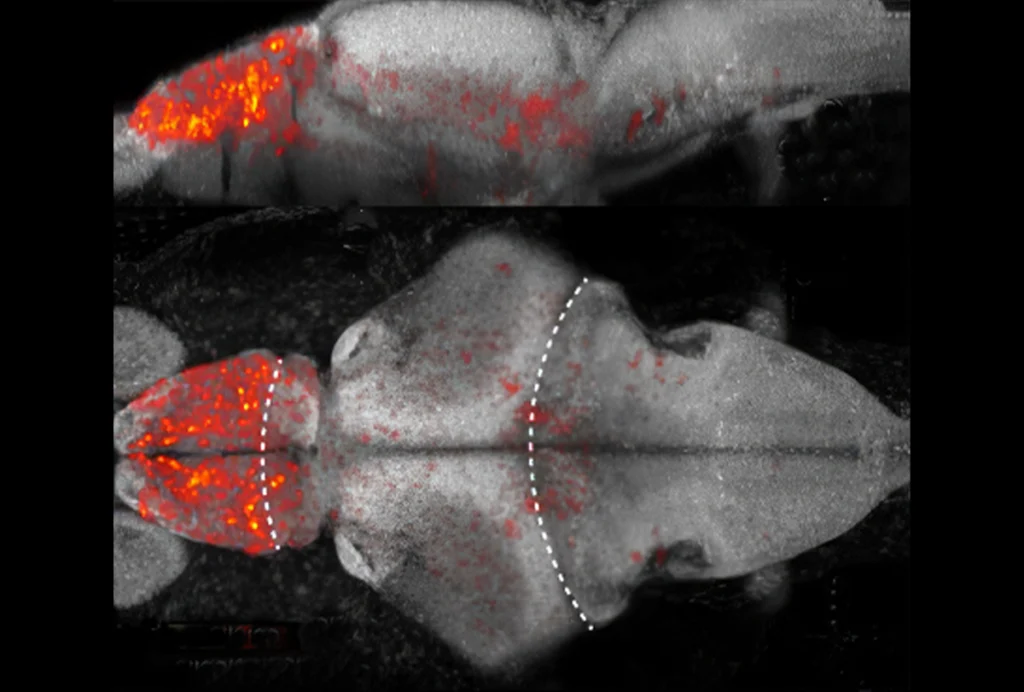
‘Place cells’ help guide freely swimming zebrafish larvae
The newly found cells function like those in mammals, revealing that spatial cognition evolved earlier than previously thought.
How did consciousness evolve? An excerpt from ‘A History of Bodies, Brains, and Minds: The Evolution of Life and Consciousness’
In his new book, to be published in September, neuroscientist Francisco Aboitiz links consciousness back to the earliest days of biological life.

How did consciousness evolve? An excerpt from ‘A History of Bodies, Brains, and Minds: The Evolution of Life and Consciousness’
In his new book, to be published in September, neuroscientist Francisco Aboitiz links consciousness back to the earliest days of biological life.
Remembering comparative neuroanatomy ‘great-grandfather’ Harvey Karten
The National Academy of Sciences member and pioneer in studying non-mammalian vertebrate brains died on 15 July at 89 years old.

Remembering comparative neuroanatomy ‘great-grandfather’ Harvey Karten
The National Academy of Sciences member and pioneer in studying non-mammalian vertebrate brains died on 15 July at 89 years old.
Newly found circuit through visual cortex powers first look at faces
The superior colliculus, an evolutionarily ancient brain area responsible for eye movements, responds to faces before the canonical face areas do, a study of macaque monkeys suggests.

Newly found circuit through visual cortex powers first look at faces
The superior colliculus, an evolutionarily ancient brain area responsible for eye movements, responds to faces before the canonical face areas do, a study of macaque monkeys suggests.
New look at lampreys rewrites textbooks on origins of sympathetic nervous system
Sympathetic neurons pepper the embryos of the jawless fish—Earth’s first vertebrates—and overturn the idea that “fight or flight” was an innovation of jawed vertebrates.
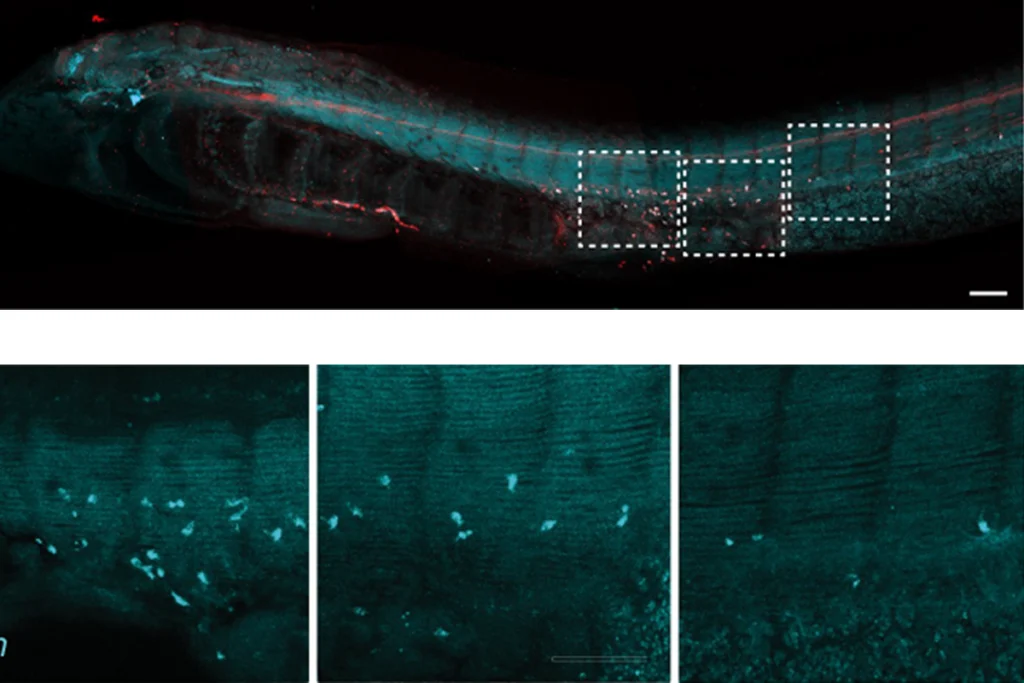
New look at lampreys rewrites textbooks on origins of sympathetic nervous system
Sympathetic neurons pepper the embryos of the jawless fish—Earth’s first vertebrates—and overturn the idea that “fight or flight” was an innovation of jawed vertebrates.
Explore more from The Transmitter
Smell studies often use unnaturally high odor concentrations, analysis reveals
It’s time to fashion olfactory neuroscience stimuli based on odor concentrations in the wild, say study investigators Elizabeth Hong and Matt Wachowiak.

Smell studies often use unnaturally high odor concentrations, analysis reveals
It’s time to fashion olfactory neuroscience stimuli based on odor concentrations in the wild, say study investigators Elizabeth Hong and Matt Wachowiak.
Developmental delay patterns differ with diagnosis; and more
Here is a roundup of autism-related news and research spotted around the web for the week of 14 April.

Developmental delay patterns differ with diagnosis; and more
Here is a roundup of autism-related news and research spotted around the web for the week of 14 April.
‘Natural Neuroscience: Toward a Systems Neuroscience of Natural Behaviors,’ an excerpt
In his new book, published today, Nachum Ulanovsky calls on the field to embrace naturalistic conditions and move away from overcontrolled experiments.

‘Natural Neuroscience: Toward a Systems Neuroscience of Natural Behaviors,’ an excerpt
In his new book, published today, Nachum Ulanovsky calls on the field to embrace naturalistic conditions and move away from overcontrolled experiments.